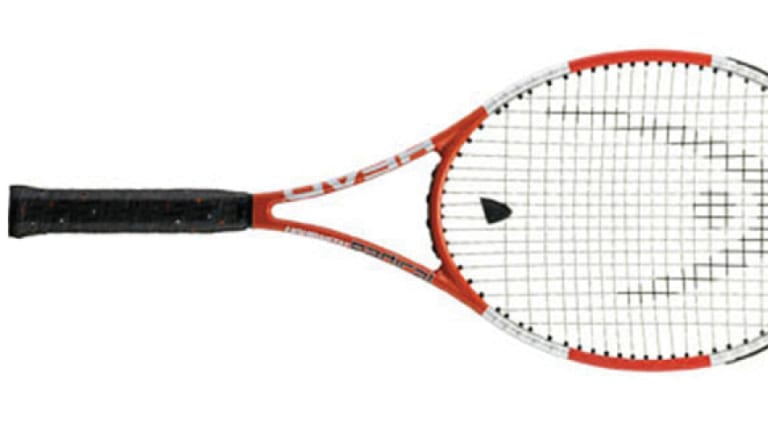When I was playing more golf than tennis, my favorite club was a driver that featured an alloy called Liquidmetal. If you watched golf telecasts in the late 1990s, you might have heard of it.
If not, go on YouTube and watch the dated infomercial, which demonstrated Liquidmetal’s “high elastic strain limit”— its ability to store and retrieve energy, according to the company. In the ad, three steel balls are dropped onto plates of different materials, one being Liquidmetal. The balls stopped bouncing on the stainless steel and titanium plates within 26 seconds; the ball kept bouncing on the Liquidmetal plate for a minute and 21 seconds. Therefore, a driver made of Liquidmetal, rather than traditional steel or titanium, would catapult the golf ball further on contact.
Like any sane individual, I was convinced on the spot and immediately bought the club—and I loved it. The ball did seem to spring off the club face, as the science experiment said it would, rendering my steel club inferior. With the Liquidmetal driver, the most intimidating shot in golf suddenly became one of my strengths.
A few years later, when tennis became my obsession, I decided to shell out the money for a new racquet. It didn’t take me long to choose one: Head’s Liquidmetal Radical. It had more going for it than just the familiar technology. Its 98 sq. in. head size looked and felt right—it’s amazing how much different it appears than a racquet just two inches larger. The cosmetics were predominantly orange, my favorite color, and it came with a racquet bag. A plain black bag, but still, I had now arrived as a rec player.
At 12 o’clock on the Liquidmetal Radical’s racquet face are the words PURE ENERGY. PERFECT POWER. I’ll never know whether the energy harnessed from my forehands and serves was actually pure, and only my opponents would know if the power I generated was perfect. I’m going to guess that it wasn’t. But to me, my shots felt better than ever. And I don’t think it was because of the properties of Liquidmetal at all. It was because I believed what the racquet—and years earlier, the driver—said that the alloy would do. The Liquidmetal Radical did its job by getting the most out of another piece of tennis equipment, one that everyone owns—your mind.
Since purchasing the Head Liquidmetal Radical, I’ve moved on to different racquets and am playing better tennis. That’s a result of experience, rather than improved equipment. But I don’t think I would have been motivated to keep getting more of that valuable experience without this piece of equipment.
